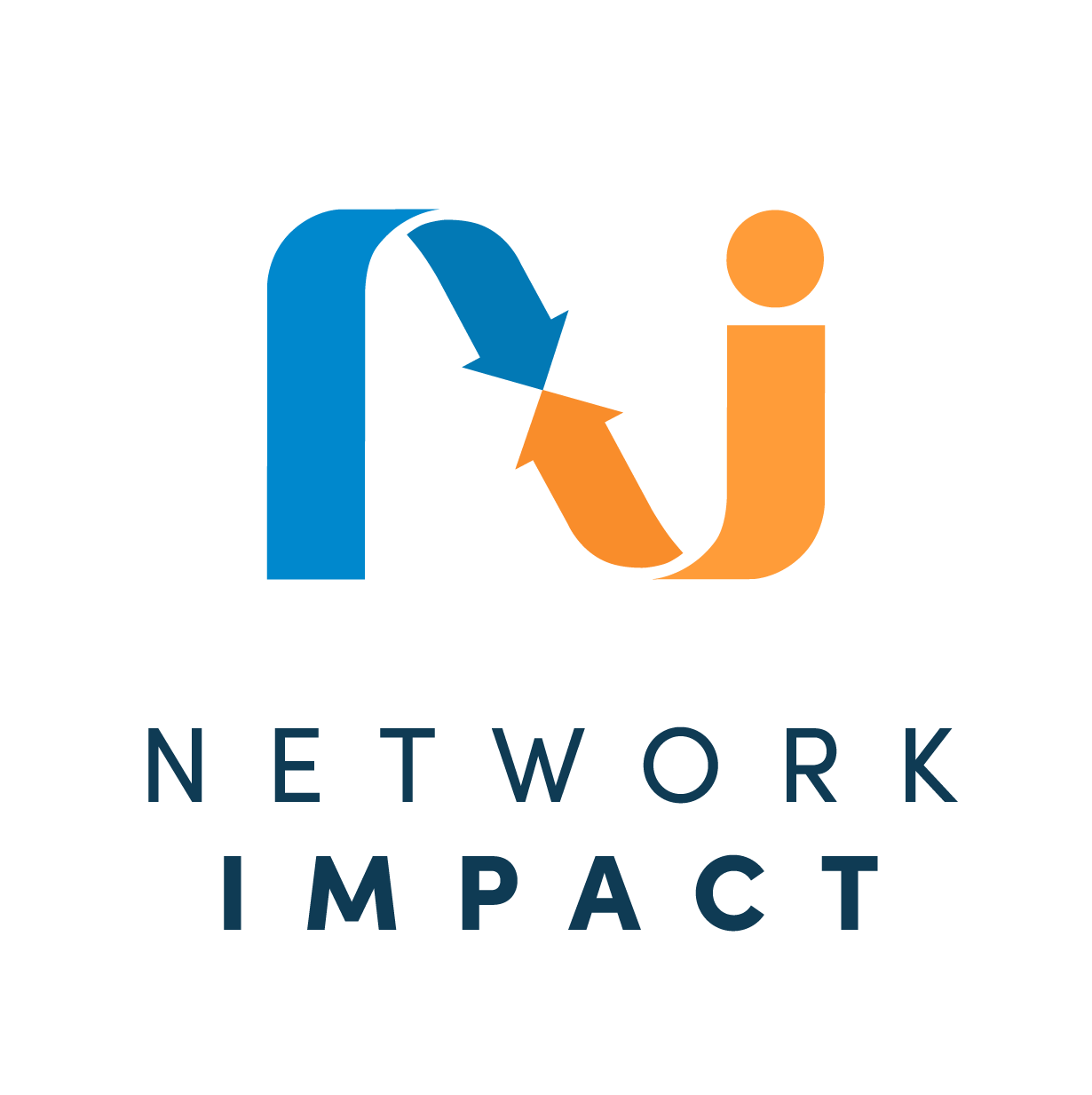Network Funding: Pitching to Investors
May 2010
Even donors who get why funding networks makes sense have concerns about the specifics.
The good news is that philanthropy is increasingly aware of the changing landscape in which they make investment decisions and is adopting strategies for increasing impact that include “activating networks.”
From the Monitor Institute’s recent (and excellent) report, “What’s Next for Philanthropy”
Simply stated, philanthropists operate today in a stressful, rapidly evolving, networked, and interdependent world. Although the individual grant is the typical unit of analysis for most foundations, the success of any grant or organization is rarely sufficient to move the needle on a complex problem. We have all felt the irony when successful programs are lauded while the system they aspire to change continues to fail. Funders are well positioned to support connectivity and to coordinate and knit together the pieces of a network of activity that can have impacts far beyond the success of any one grant, grantee, or donor. And advances in network theory and practice now allow funders to be much more deliberate about supporting and participating in networks and in thinking about how the collective impact of a coordinated portfolio of grants can produce more significant change.
Some foundations are getting smart about funding networks and are communicating lessons learned to the wider philanthropic community (among them: the Annie E. Casey Foundation, the Packard Foundation, and the Barr Foundation.
Still, many perceived challenges remain. Typical donor concerns – reasons donors may be hesitant to fund network efforts- include uncertainty about fiscal arrangements and accountability; the upfront investments needed for network development; and issues related to network operations and evaluation.
Typical Funder Concern: Who gets and manages the money?
What This Is About: Donors may only be permitted to fund nonprofits which qualify under regulations of the United States Internal Revenue Service.
Possible ways to address this concern: This is not necessarily a reason for a network to form a 501c3. But it is a reason to select a qualified fiscal agent with a track record of managing foundation grants.
Typical Funder Concern: Who is accountable for results?
What is this about: Networks are perceived to be more flexible and fluid than most organizations. Donors wonder how networks who will account for emergent decisions and actions
Possible ways to address this concern: In addition to educating funders about the advantages of network adaptation, networks may wish to prepare and share MOUs as well as network plans and budgets
Typical Funder Concern: Up front time and resources
What is this about: Creating a firm basis for effective network action may require considerable investments of time and money. It is not easy for donors to make long term flexible commitments in a results-oriented world.
Possible ways to address this concern: In addition to educating funders about network developmental cycles, members may wish to pursue some activities that yield quick tangible results.
Typical Funder Concern: New skills needed
What is this about: The set of skills that support development of networks, such as network weaving, are quite different from those for developing organizations.
Possible ways to address this concern: Sources now exist that describe the fundamentals of effective network practice. Networks can also offer examples from their own experience.
Typical Funder Concern: Knowledge capture systems
What is this about: Funders want to learn from their experience supporting networks but may not know themselves what to look for. They wonder if the knowledge capture systems that a network employs will surface lessons learned that are transferable to other networks.
Possible ways to address this concern: One way to address this concern is to develop robust knowledge capture systems (see below: How to evaluate)
Typical Funder Concern: How to evaluate
What is this about: Some donors may not support networks (or support networks at higher levels) because they believe it is difficult to measure a network’s impact.
Possible ways to address this concern: Ways to assess a network’s impact and evolution include network mapping, network health monitoring and other specialized network evaluation approaches.
